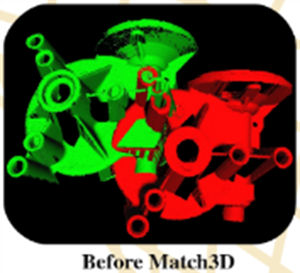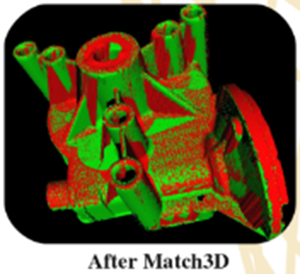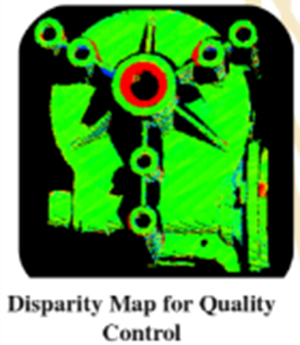CHALLENGE
Repair of worn metal parts is mostly done by SMEs which do have special knowledge about the requirements of their market segment. In most cases, deviations in geometry account for the need to repair a part, be it due to wear and abrasion or due to mechanical loads that lead to distortion of the part. Each of these cases though starts with the requirement to acquire the actual geometry of the part. Once the additive process is started, it is key to add only the amount of material that is needed to avoid additional post processing activities. The time and skills required to account for distortions and geometric factor impact strongly on overall running costs, and hinder the wide adoption of laser cladding as an efficient repair technology by SMEs.
BENEFIT
This assessment aims to reduce costs, time, and resources on the one hand and retain full dimensional quality control on the other hand by enhancing laser cladding. PROPER makes use of a control system based on 3D-monitoring and point-cloud processing, hence minimizing the set-up time to result in fast and flexible repair process. Achievements in enhanced robot vision will be applicable to a wider range of laser cladding applications in different markets, for example high value parts in power generation or mining. PROPER assessment wants to create a solution for SMEs that is affordable and allows them to retrofit their equipment.
ACHIEVEMENT
An integrated adaptive repair solution by laser cladding was developed and validated at end user facilities that repairs real 3D complex worn tooling components and high value parts. It embraces segmentation and point cloud software algorithms that allow simple selection of areas where surface functionalisation will be applied. The automatic layer cladding path planning includes laser cladding parametrization towards a full processing program for repair and surface functionalisation.
Highlights of the developments comprises a RT geometry measurement system based on 3D machine vision technology. With the help of triangulation principles, this system enabled a direct transfer of the point cloud into the robot coordinate system. The algorithms for matching the measurements to the real world included a fast disparity determination to facilitate precise repair operations. In combination with an on-line path planning system an automatic adaptation of cladding tracks was achieved with a direct integration into a ROS based system that is independent of the robot brand.
 Fraunhofer Institute for Laser Technology ILT
Fraunhofer Institute for Laser Technology ILT




